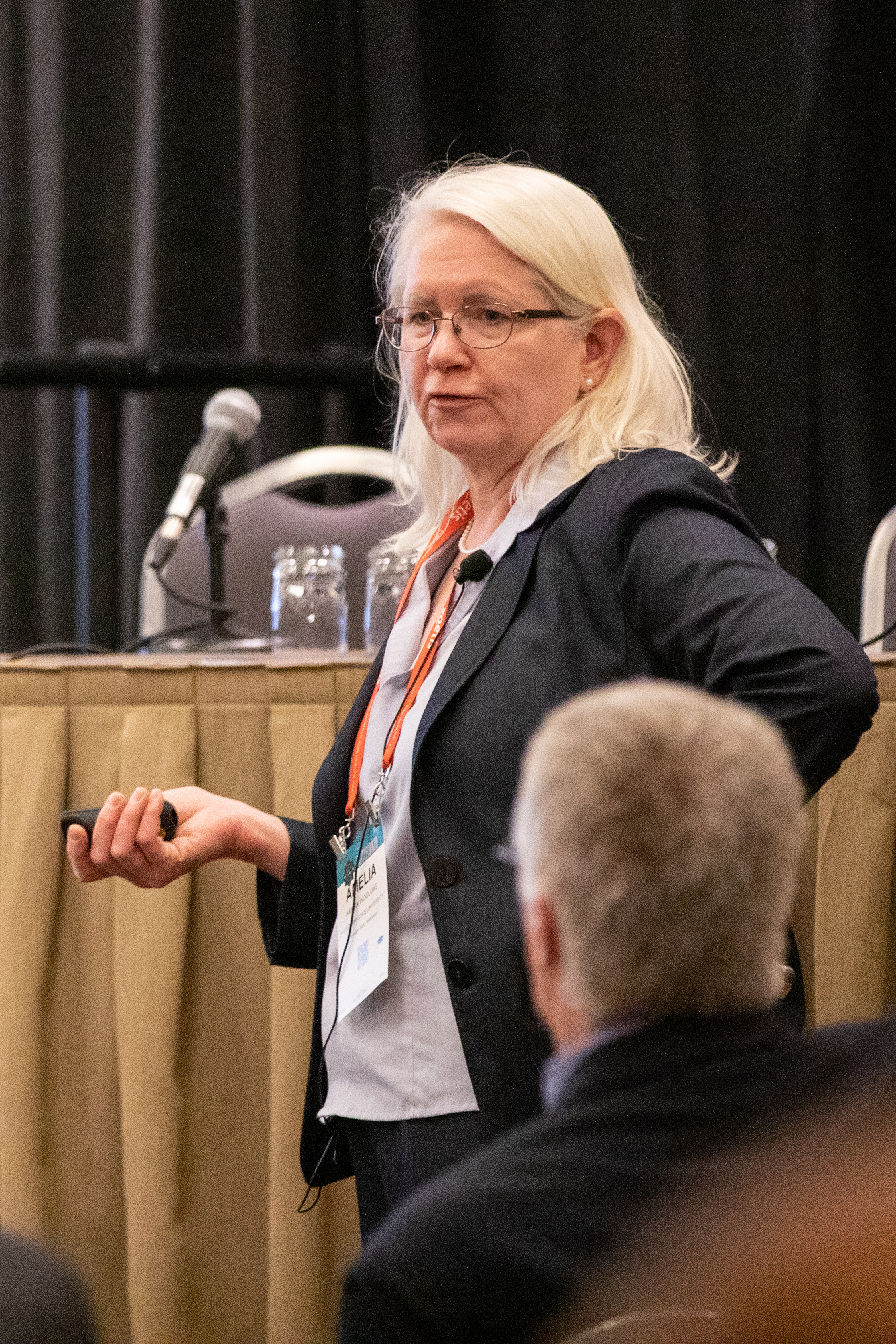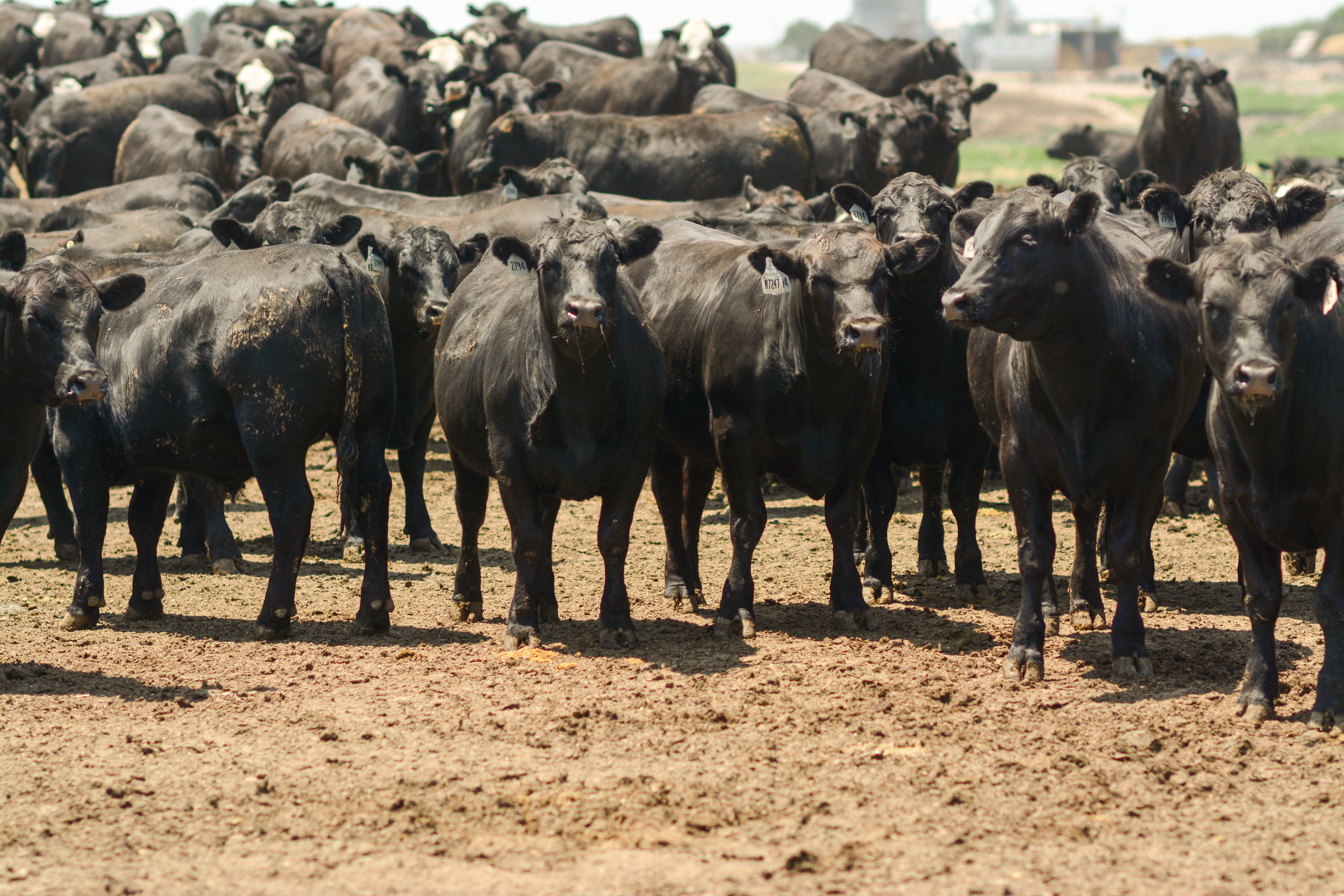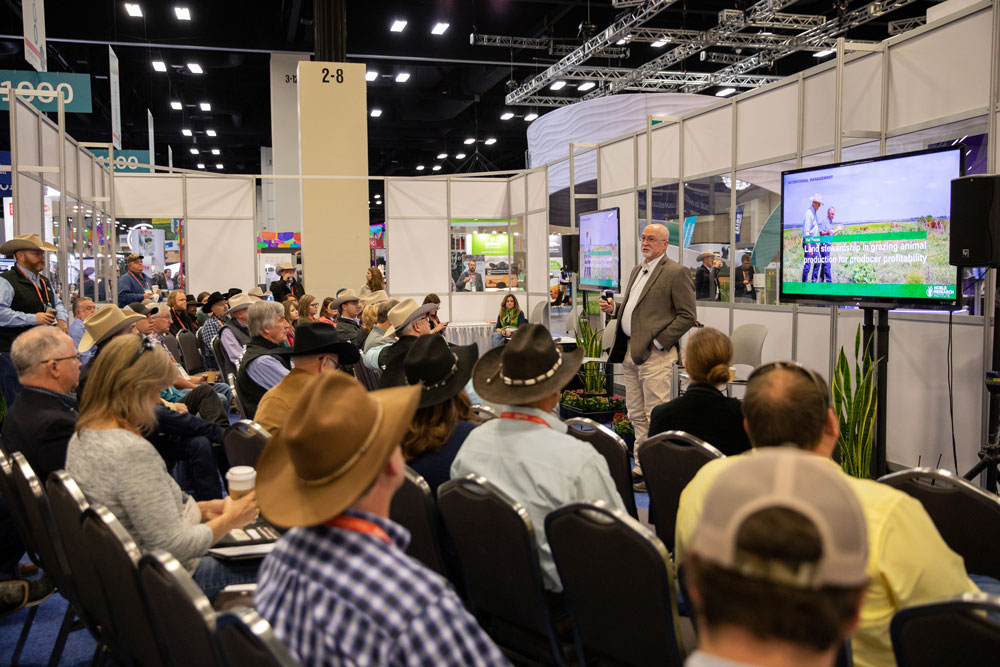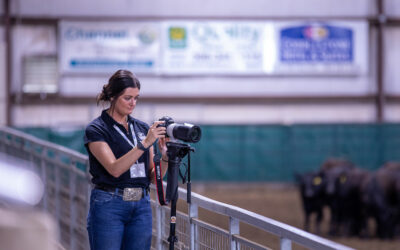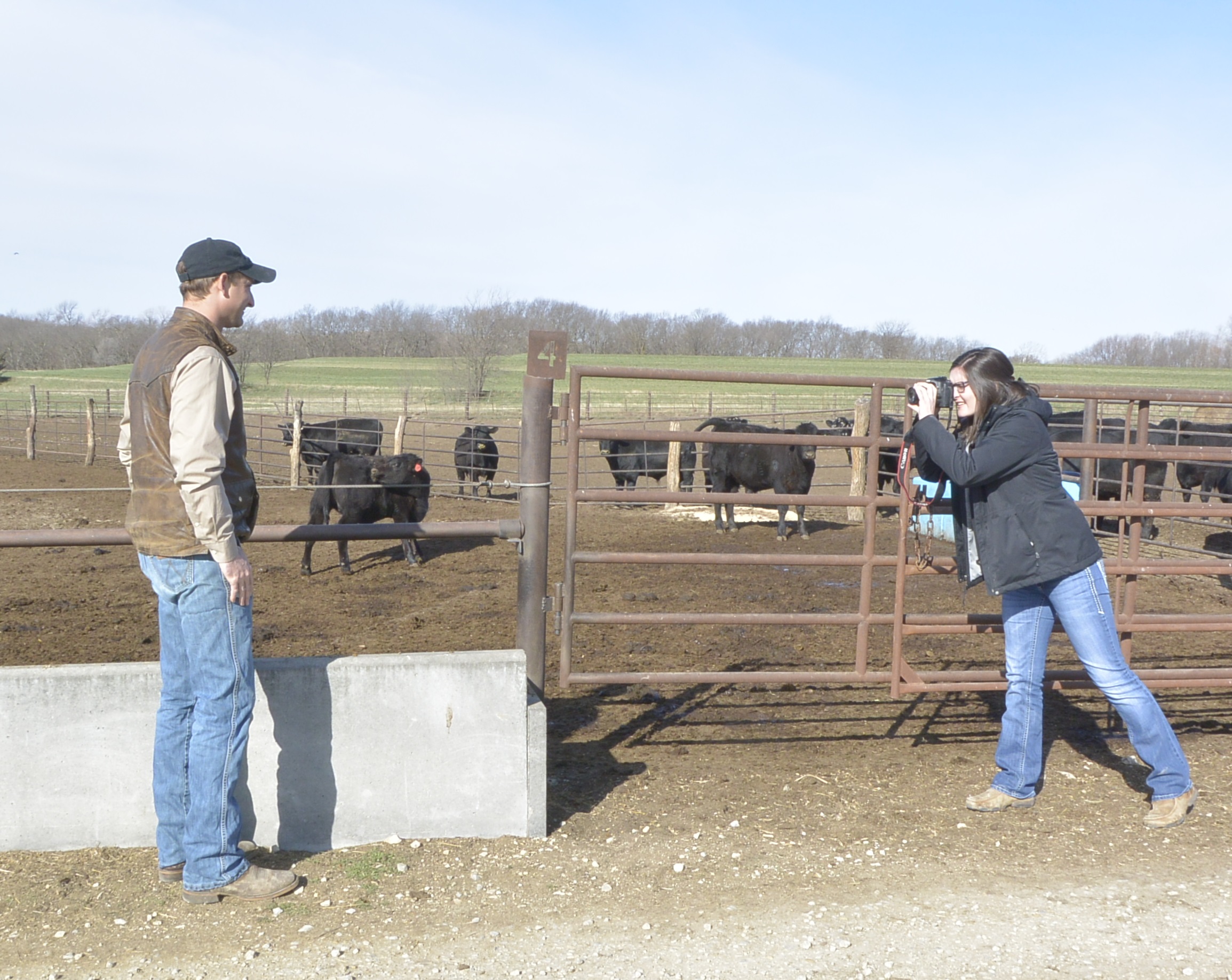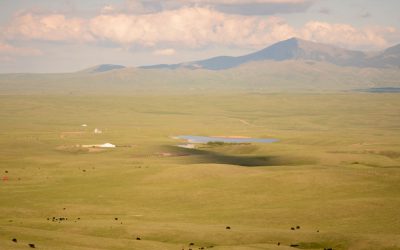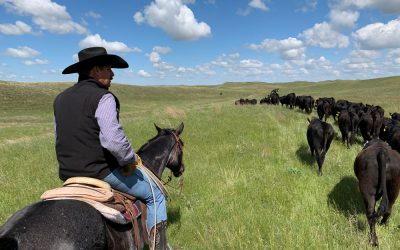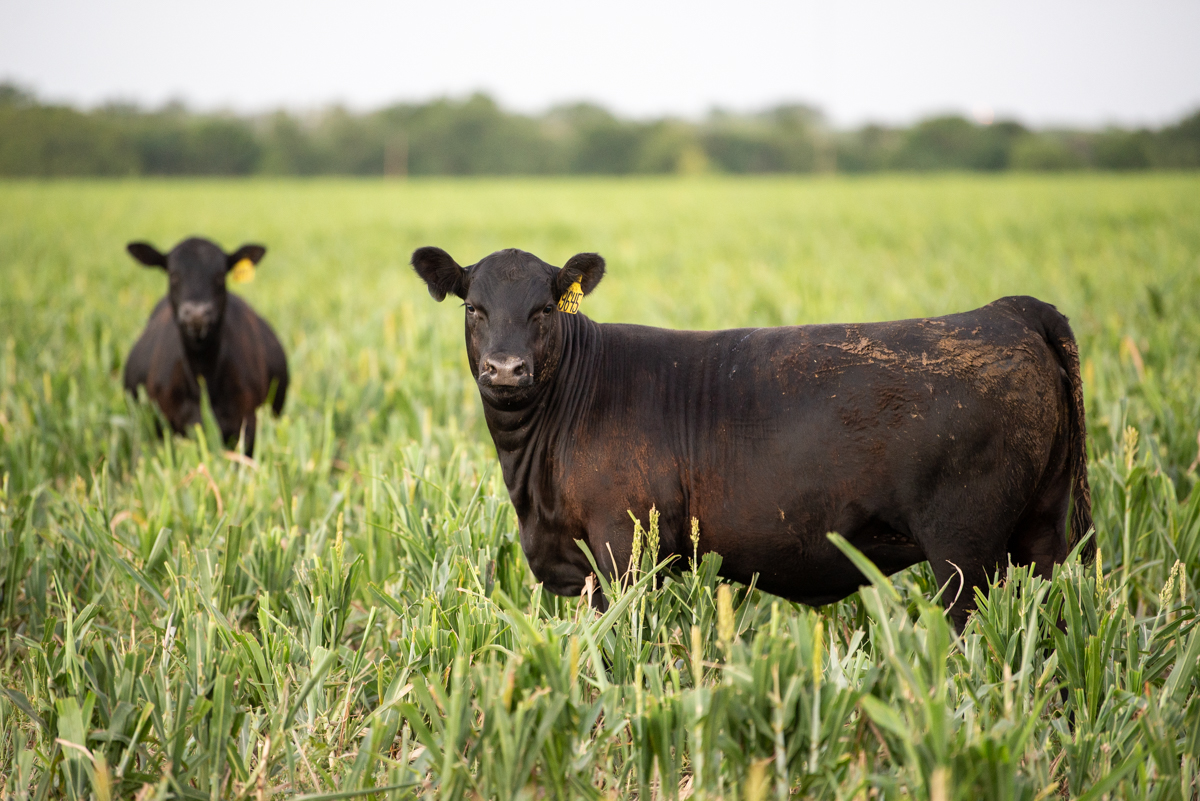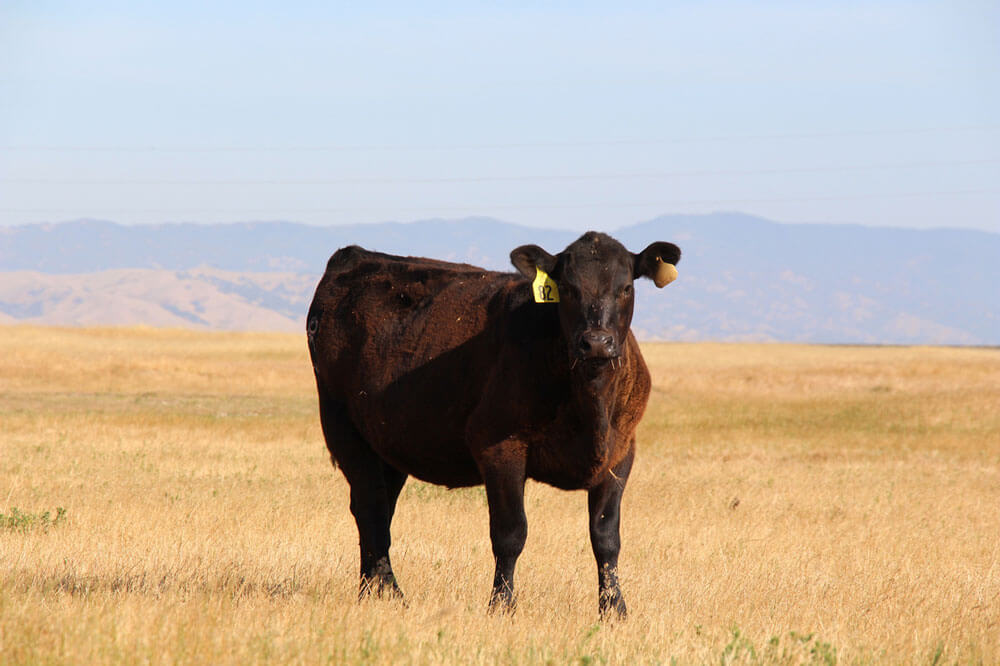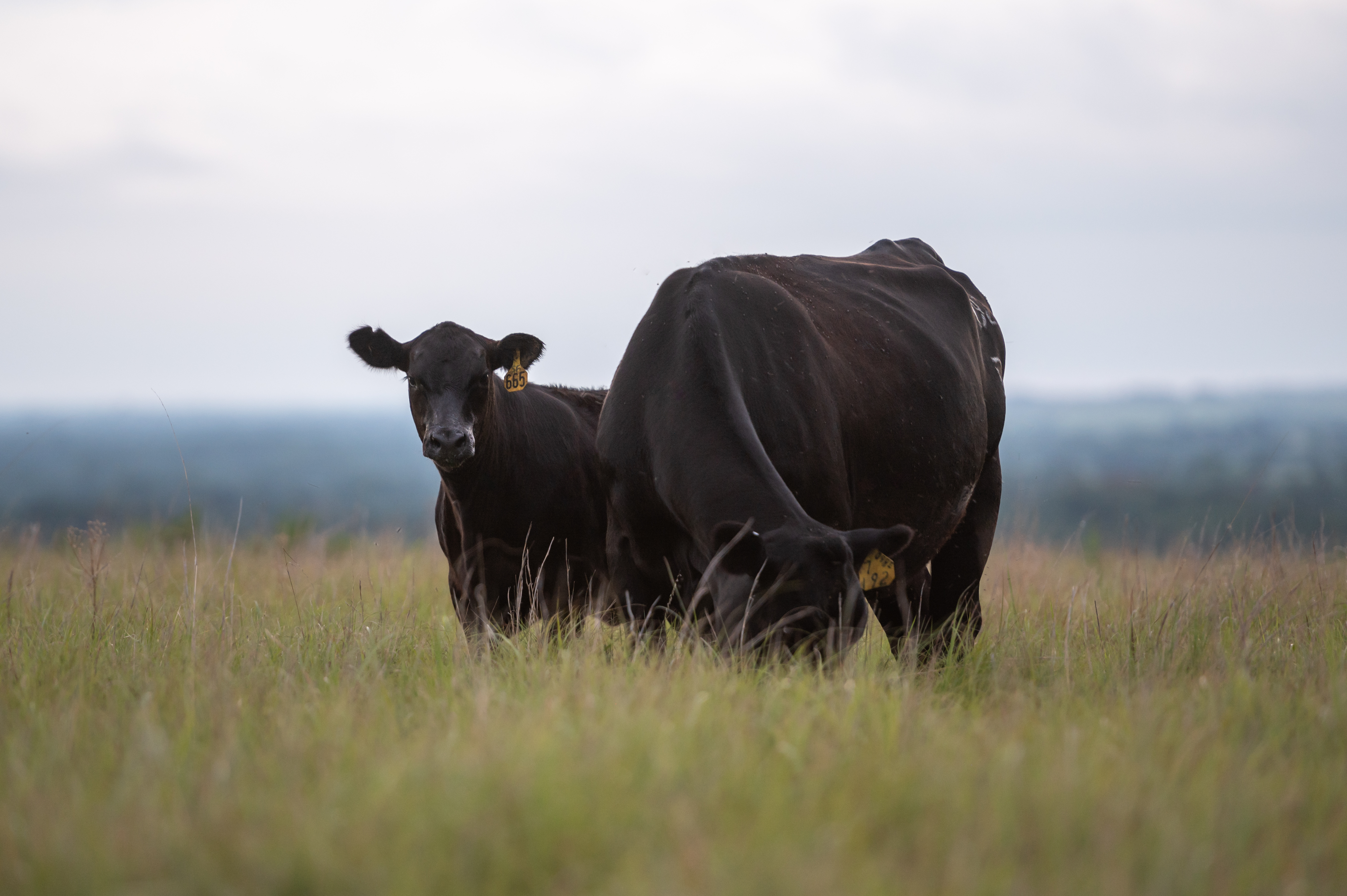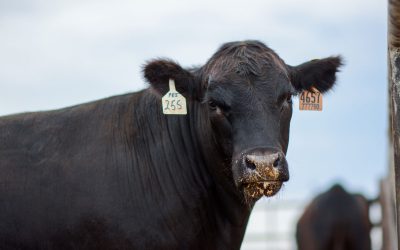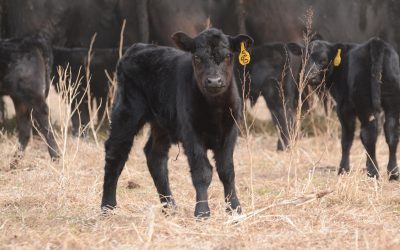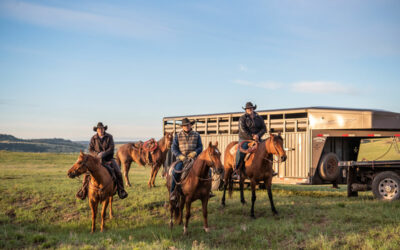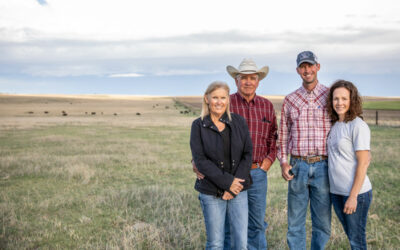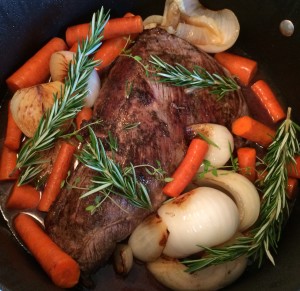
The Resistance Part II: The bacteria battle
Antibiotics have their work cut out for them
by Miranda Reiman
April 22, 2020
Penicillin was introduced in 1928, antibiotic resistance followed in the decades after. Methicillin came next, a year later its first resistant bacteria were detected. So it’s not surprising that common cattle cures are now subject to the same fate.
“For many years, the bacteria that caused [bovine respiratory disease] didn’t seem to be becoming resistant,” says Amelia Woolums, Mississippi State University veterinarian. New data from the last decade show they’ve not only developed it, but “surprisingly, they have developed resistance to multiple different antibiotics, and that can become evident even when we treat cattle with just one.”
Treatment with one drug may lead to less effective options the next time around, no matter the class.
“If a cow has an antibiotic-resistant bacteria that’s causing an infection, the cow many not get better if we treat it with antibiotics,” she warns.
But how does it happen in the first place?
Different classes of antibiotics work to defeat bacteria in different ways, like disrupting the cell wall or membrane, inhibiting protein synthesis or DNA replication, or altering the metabolism.
“Antibiotics basically block or prevent different things the bacteria have to do to live, or destroy structures of the bacteria,” Woolums says. “If the bacteria change those things so the antibiotic no longer works, that’s how they become resistant. The sensitive ones are killed and that just leaves the resistant ones, and they get together and say, ‘Let’s have a family.’”
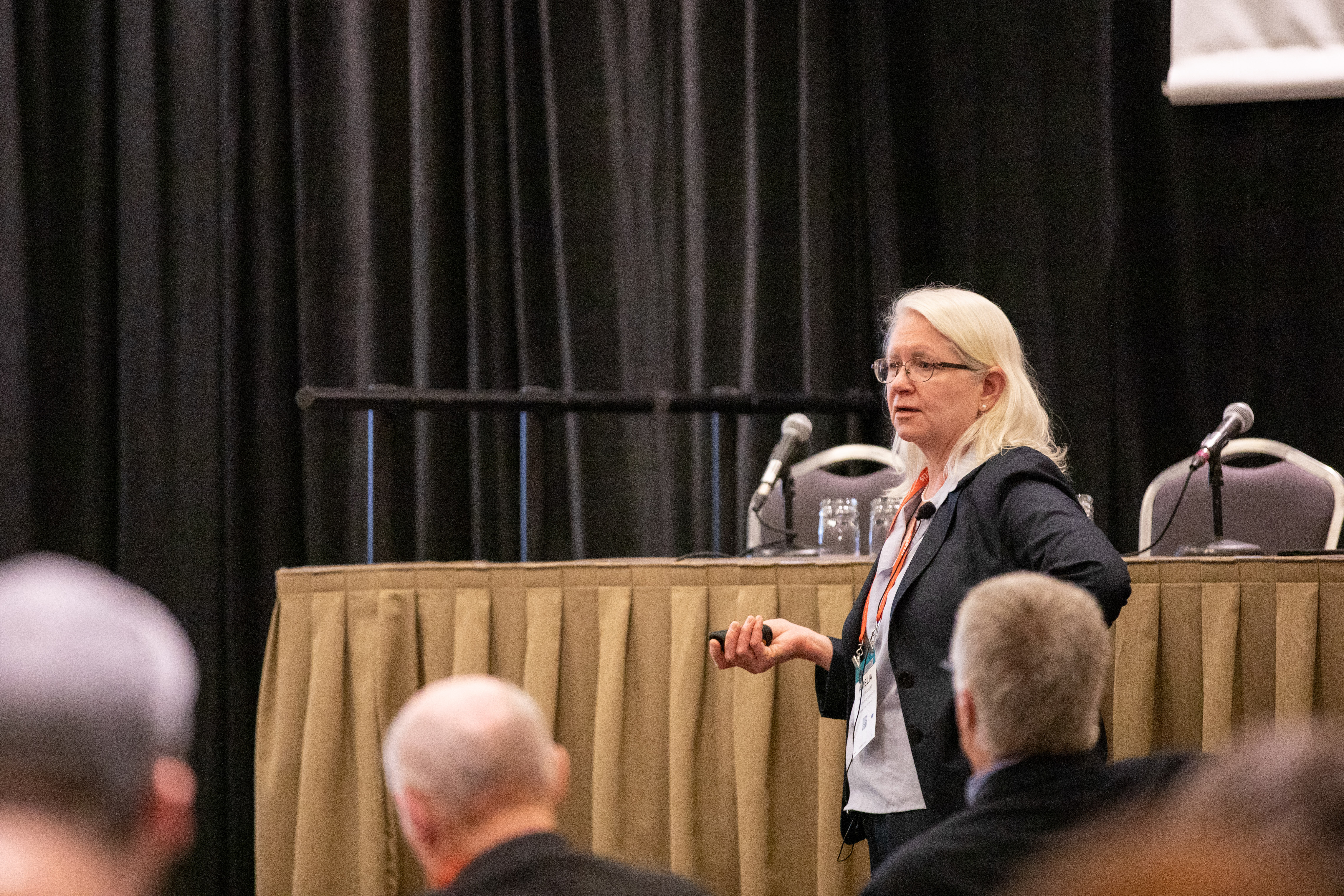
They use several different tactics for building resistance, such as:
- Genetic mutation. That’s the spontaneous change in a portion of the DNA of the bacteria. “If the protein changes, and that’s the target of the antibiotic, it no longer works,” Woolums says. That change is coded into the bacteria’s progeny, too, so it passes on the resistance.
- Efflux. “That basically pumps the antibiotic right out,” she says. The drugs aren’t in the cells long enough to work.
- Destruction by enzymes. “Many bacteria possess genes that then produce enzymes that chemically degrade or inactivate the antibiotics.”
“Research shows bacteria are very generous with their DNA,” Woolums says, noting they can share them across different kinds of organisms.
A Pastuerella or Mannheimia can pass along resistant chunks of DNA—called integrative and conjugative elements, or ICE—to E.coli or salmonella, for example.
“Bacteria replicate at crazy rates,” she says. So when one of these mutations sticks, very quickly there are millions of cells with the same tactics. “It’s survival of the fittest.”
Producers can help in the battle against resistance.
“Keeping cattle healthy really should be the first focus,” Woolums says. “We were so lucky in the last half of the 20th century to come up with new antibiotics that did some amazing things.”
But the penicillin example is bound to keep repeating itself.
“We really should try to focus on husbandry and things that keep cattle healthy,” she says, “using antibiotics only when we really need them.”
You may also like
Certified Angus Beef Celebrates 45th Year with Strong Sales
It has been 45 years since Certified Angus Beef’s first customer purchased a strip steak at Renzetti’s IGA grocery store. Since then, consumer demand for high-quality beef has grown, ultimately driving demand for premium Angus genetics.
High-Quality Beef and Experiences Promised with Summer Internship
Internships help students take skills learned in the classroom and apply it before graduation or entering the workforce. Last summer’s interns described their experiences with CAB as engaging, fun, empowering valuable and challenging. Read more about these internship opportunities!
Quality Wins, Again
Sara Scott, Vice President of Foodservice for Certified Angus Beef, emphasizes the importance of taste over price in the beef market during the Feeding Quality Forum. As consumer demand for high-quality beef grows, Scott highlights the need for increased supply and encourages communication with packer partners to meet the demand for Prime beef.


